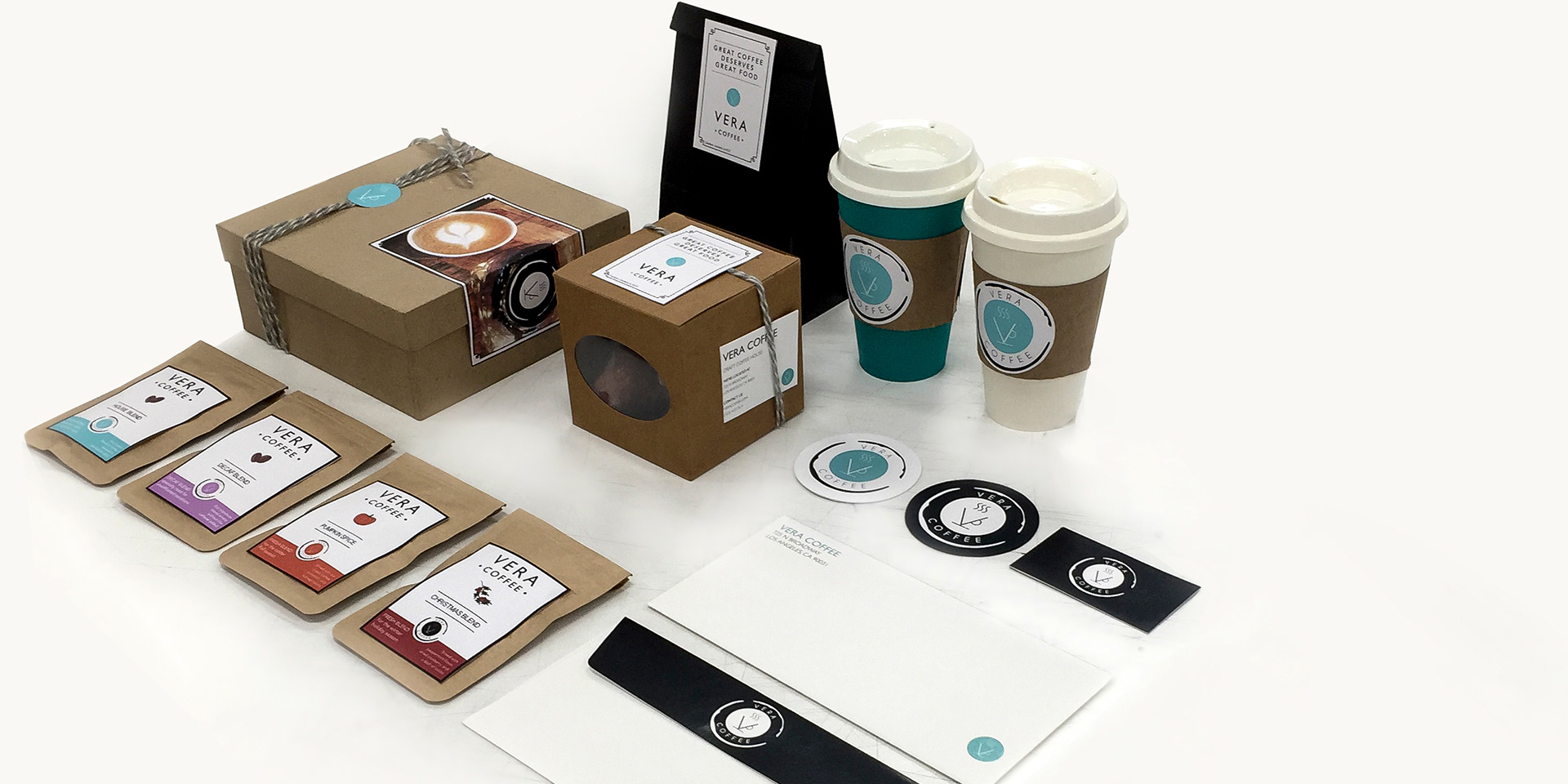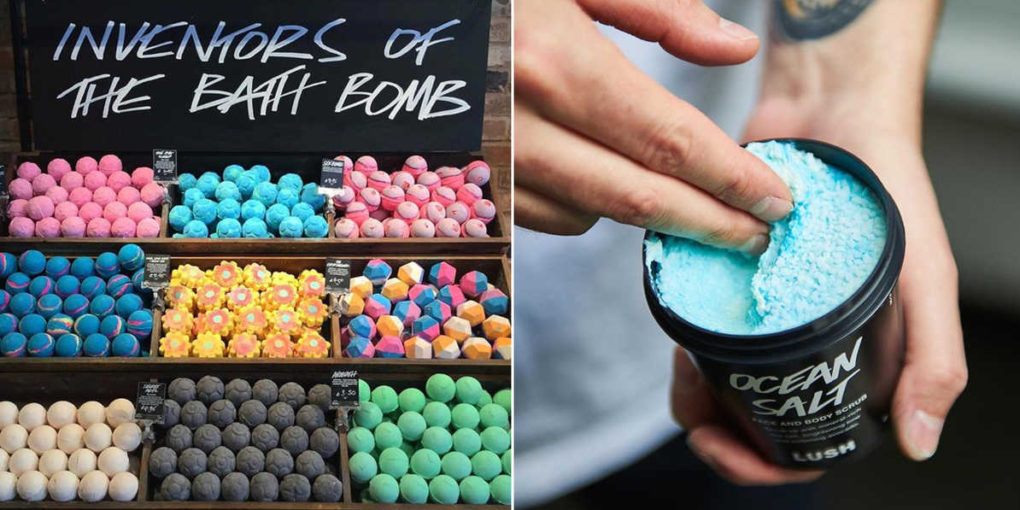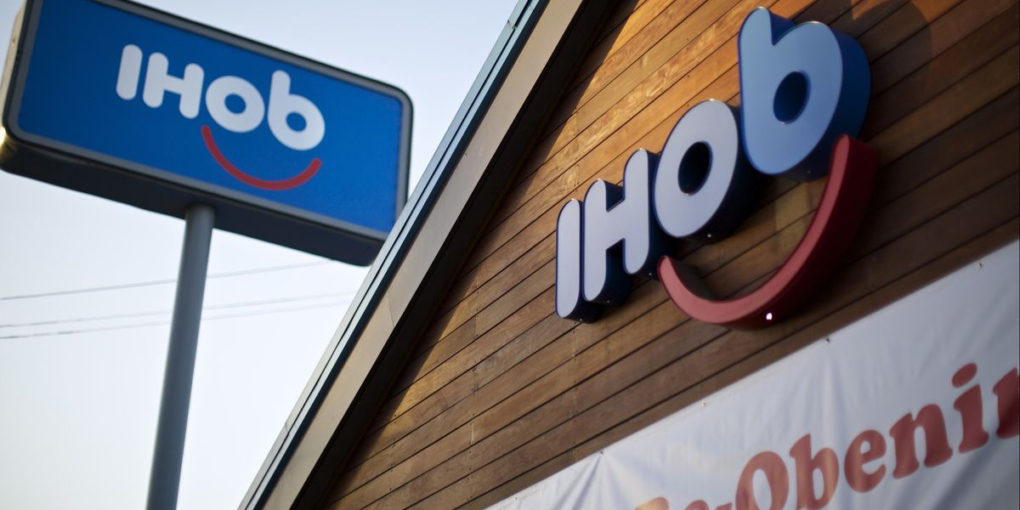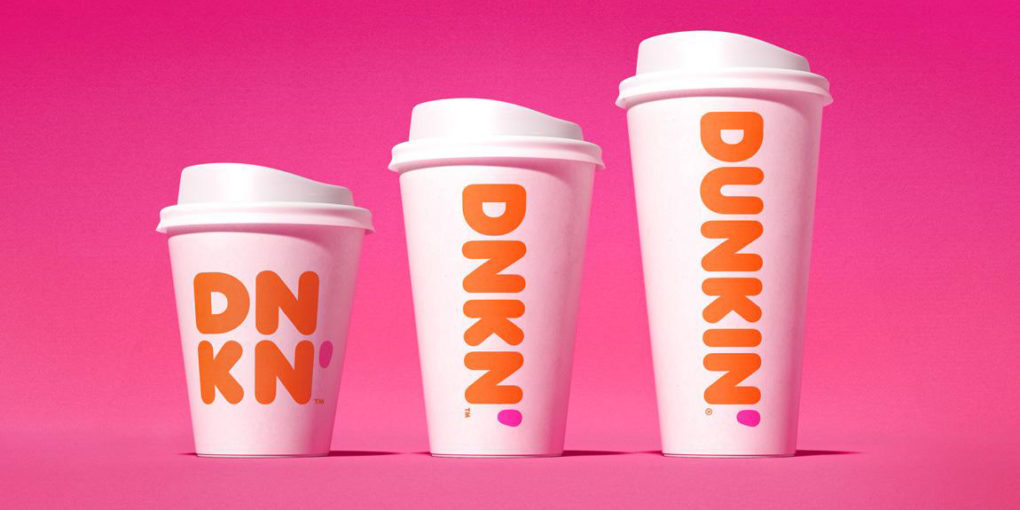4 Principles for Design-Led Branding
4 Principles for Design-Led Branding
Some of the most iconic brands in history have become synonymous with their industry. How do brands become so distinctive? From the type of packaging to the logo, down to the product design itself, branding a winning product has everything to do with design. From Apple to Starbucks, a genius design-led branding strategy can be boiled down into a few key principles.
Focus on the Customer Experience
Brands are beginning to place increasing importance on the need to align product design with the customer experience. While 86 percent of customers are willing to pay more for better brand experience, only one percent actually believe brands consistently meet their expectations. Brands that don’t factor consumer experience into their product design and marketing efforts are doomed for failure. Questions to ask are, What does my product do? How does it fit into what my target audience needs? If a brand is able to strike a balance between usefulness and forging an emotional relationship with consumers, they will ensure their customer experience strategy is as seamless as possible.
Amazon is a great example. Their “customer first” culture means their delivery model is predicated on providing a superb customer experience, from their Prime shipping and streaming offerings to their vast marketplace of third-party sellers. They never develop any products without first researching the potential impact on their consumers, and have subsequently become one of the most trusted online marketplaces in the world.
Keep it Simple
Let the product do the talking. Make form + function the core of your design. In the crowded digital space, it can be tempting to over design, but simplicity is a core element of design success (read more on that in our article about Minimalism here). How easy a product is to understand and use, directly translates to the level of trust a consumer has towards the brand itself.
Brands like Netflix understand the power of concise branding firsthand. Recently unveiled by research firm Seigel + Gale as “The World’s Simplest Brand”, Netflix’s ease of experience juxtaposed against the emerging landscape of complex technology solutions is a testament to the power of clean-cut design as the hero of a brand’s strategy.
Deploy a Savvy Marketing Strategy
Smart brand marketers understand the spirit of their brand, understanding its existence outside of the product itself. Bringing it back to establishing emotional connections, driving market opportunity for a product requires a holistic strategy. Paid ads work wonders to make the needle move for many brands, but internal processes and a firm commitment to marketing to the consumer directly, can cement them as a household name.
Take Lush, for example. The UK-based beauty company was founded in 1995 but made a big splash in the U.S. market recently, most notably for its cruelty-free bath bombs, soaps, and body washes. Although their price point is significantly higher than other brands competing in the space (think Bath & Body Works and Pacifica), they’ve garnered some serious brand loyalty. The emotional response evoked with their vegan, cruelty-free values helps align themselves with segments of the consumer population who are more altruistic in nature, which subsequently informs their purchasing behaviors.
The best part? Lush has managed to grow despite a global “no paid advertising policy”. Instead, they turn in-store staff into powerful brand advocates and rely on non-sponsored posts from loyal customers to magnify their organic reach. In the digital age, brands who can become publishers in their own right have a better chance of driving traffic back to their own sites, brick-and-mortars, and networks, while maintaining customer attention and building a fiercely loyal community. This ultimately, having more longevity than a hollow strategy centered around on and off influencer marketing campaigns and retail initiatives which take the consumer for granted.
Don’t Be Afraid to Reinvent the Design
A good design can sell for awhile on its own, but a great design, one that isn’t afraid to innovate on itself, can sell forever. Just be cautious when following IHOP’s (International House of Pancakes) example: their short-lived rebrand as “IHOB” didn’t sit well with customers who associated the restaurant with pancakes, not burgers. The marketing gimmick did create buzz around a popular menu item, however, it’s unclear if it actually drove new business. It certainly succeeded in confusing customers. Re-brands only make sense if they’re on brand.
At the opposite end of the spectrum, Dunkin’ Donuts (now called simply, “Dunkin’”) recently rebranded themselves with higher hopes. The 70-year-old coffee company has faced stiff competition from other brands like Starbucks and local coffee shops, specifically among the younger generations. By dropping the “Donuts” and revamping their brand image, Dunkin’ hopes to reinvent itself by reducing environmental impact and increasing afternoon foot traffic, placing the coffee giant in a powerfully competitive place. Don’t let the redesign fool you: they still serve donuts.
Design-led branding is a hallmark of long-term success. There are many disparate factors that go into a “good design”. Businesses who align their marketing, customer experience, and innovation strategies will be able to more swiftly adapt to the changing market.
Please note, this article was originally written by Sara Carter at Enlightened Digital.




 Top
Top
